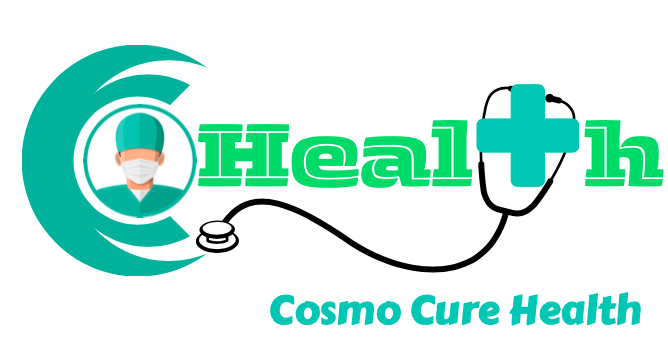Umbilical Hernia Surgery
What is Umbilical Hernia ?
Umbilical hernia surgery is recommended when the hernia causes pain, grows in size, or poses a risk of complications such as strangulation. The procedure involves pushing the protruding tissue back into place and reinforcing the abdominal wall with sutures or a mesh implant for added strength. Laparoscopic surgery offers a minimally invasive option with quicker recovery and less discomfort, while open surgery is preferred for larger or more complex hernias. Post-surgical care includes avoiding strenuous activities, maintaining a healthy weight, and following medical advice to ensure proper healing and prevent recurrence.
Financials

Cost Estimate

₹ Xxx, xx

Consultation Free

Transportation Free

Insurance

All Insurances Accepted

Hassle-free Approval

Complete Paperwork Assistance

EMI

Zero Cost EMI

Pay in Installments

Easy Approval
Why Consider Umbilical Hernia Surgery?
Diagnosis of Umbilical Hernia Surgery
The diagnosis of an umbilical hernia begins with a physical examination, where the doctor checks for a noticeable bulge near the belly button that may enlarge when coughing, straining, or standing. Patients may experience mild discomfort, pain, or pressure in the affected area. To confirm the diagnosis and assess the hernia’s size and severity, imaging tests like an ultrasound or CT scan may be recommended. In some cases, doctors also evaluate for complications such as strangulation or obstruction, which require urgent surgical intervention. Early diagnosis ensures timely treatment, reducing the risk of complications and improving surgical outcomes.
Treatment Options for Umbilical Hernia Surgery
Recovery and Aftercare
The diagnosis of an umbilical hernia begins with a physical examination, where the doctor checks for a noticeable bulge near the belly button that may enlarge when coughing, straining, or standing. Patients may experience mild discomfort, pain, or pressure in the affected area. To confirm the diagnosis and assess the hernia’s size and severity, imaging tests like an ultrasound or CT scan may be recommended. In some cases, doctors also evaluate for complications such as strangulation or obstruction, which require urgent surgical intervention. Early diagnosis ensures timely treatment, reducing the risk of complications and improving surgical outcomes.






